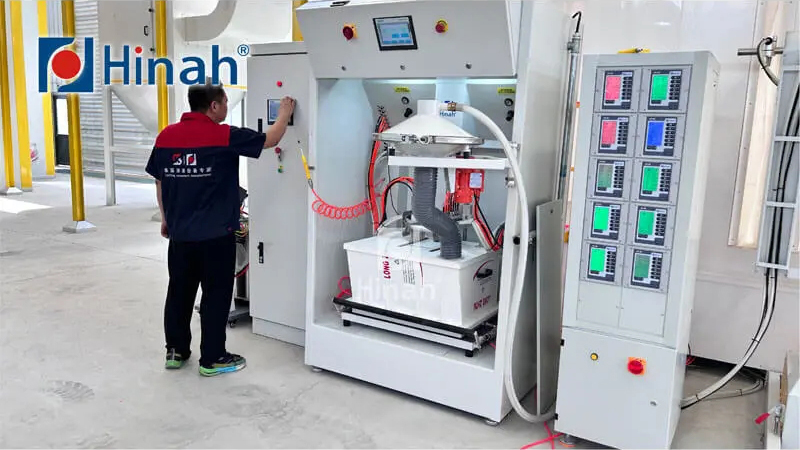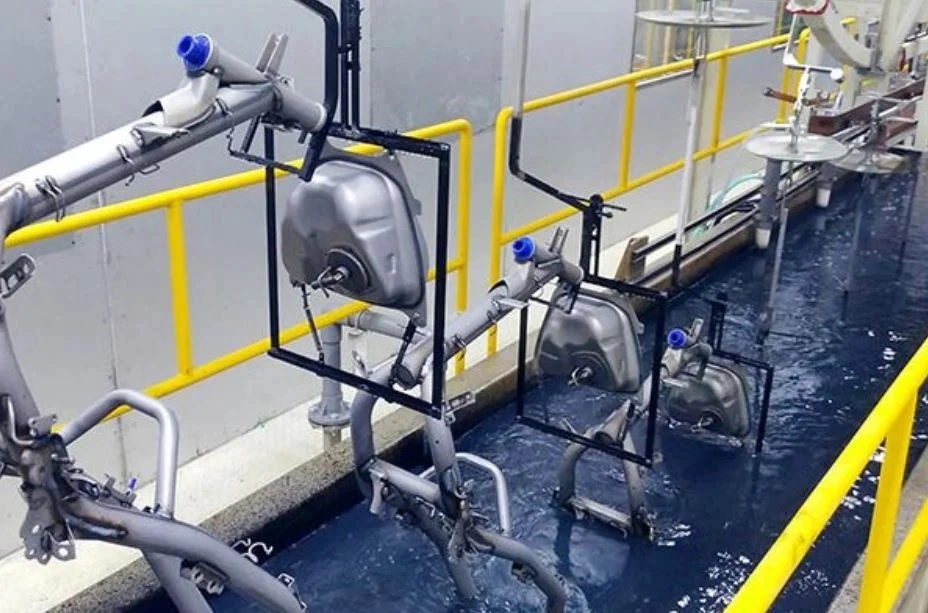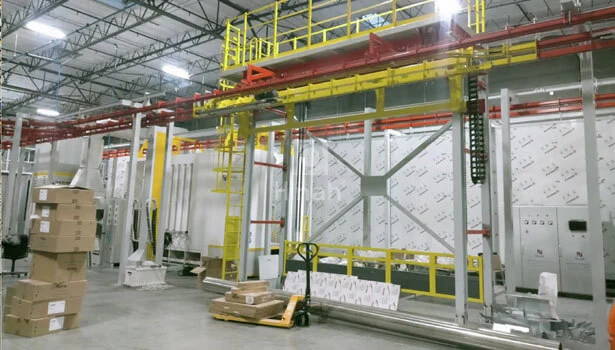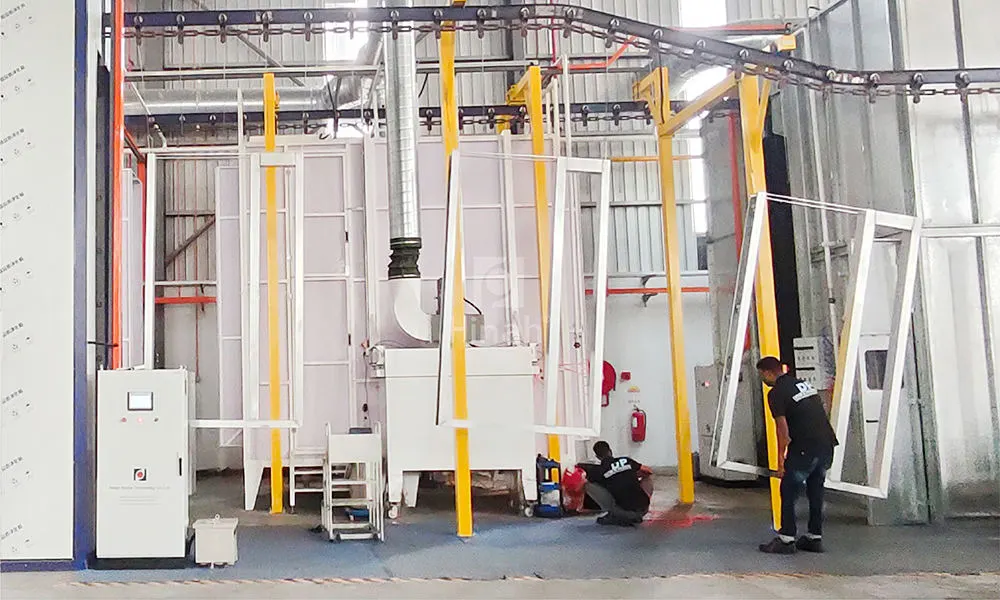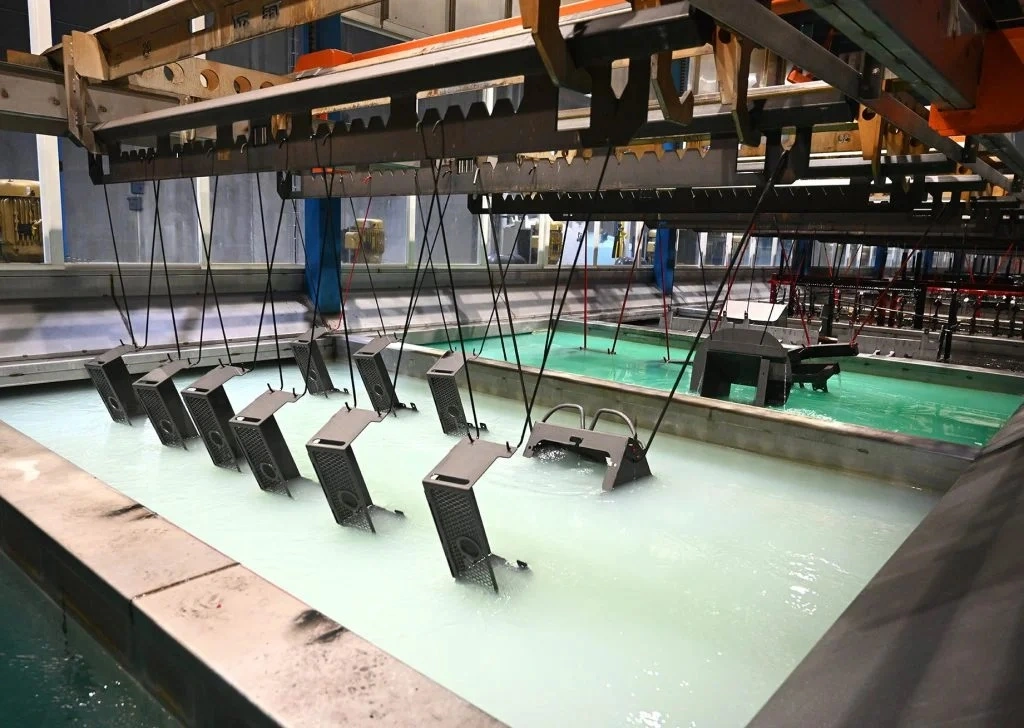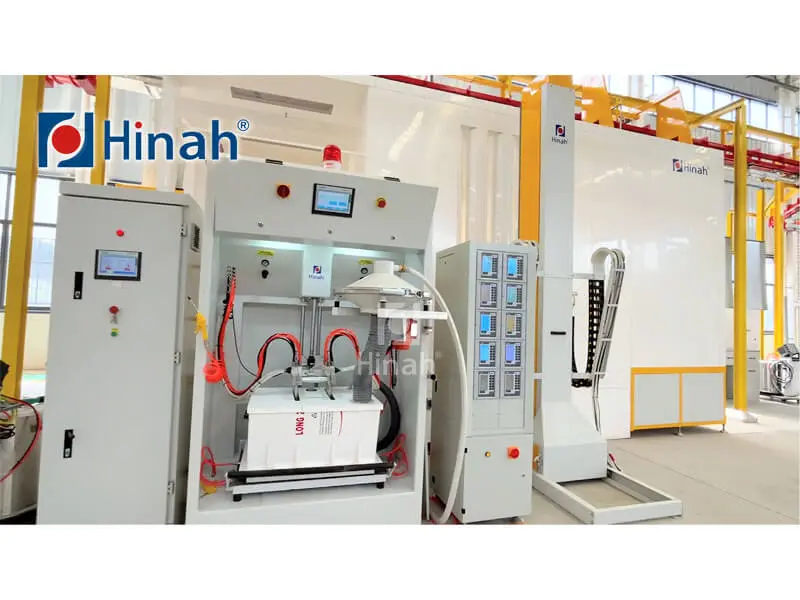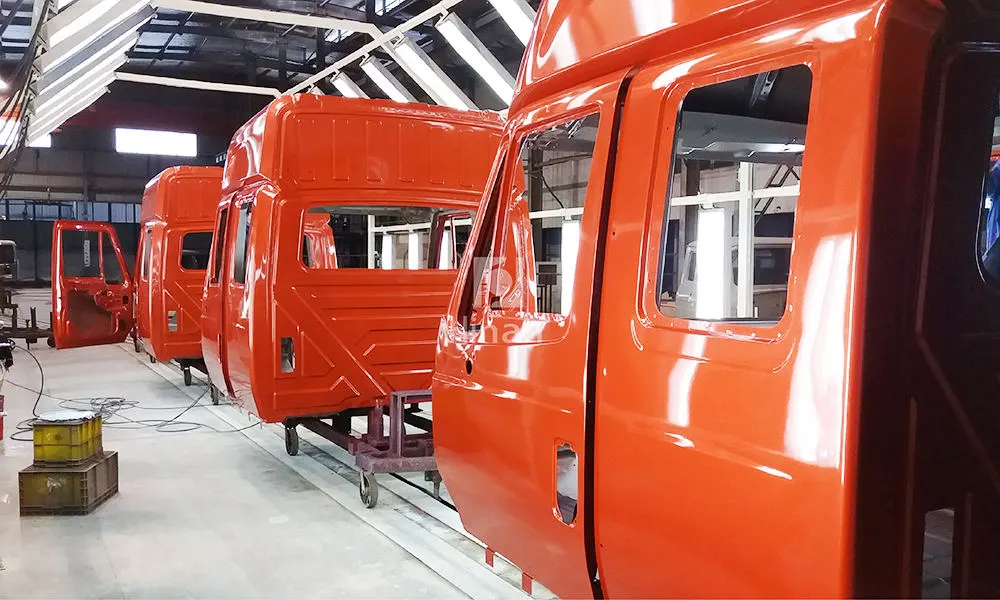When it comes to industrial coating processes, the powder paint oven plays a pivotal role in ensuring durable, high-quality finishes. Whether you're in manufacturing, automotive, or furniture production, understanding how a powder paint oven functions can optimize your operations and reduce costs. In this article, we'll dive into five essential aspects of a powder paint oven, covering its definition, working mechanism, types, benefits, applications, maintenance, and selection criteria. By the end, you'll have a comprehensive grasp of why this equipment is indispensable in various industries. Let's explore the key elements that make a powder paint oven a reliable solution for coating needs.
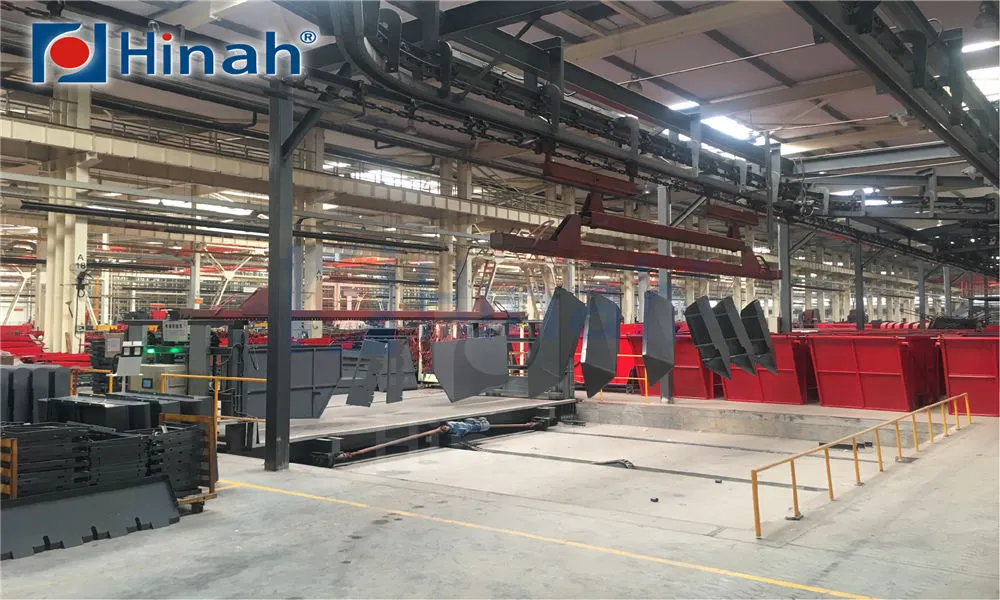
What Is a Powder Paint Oven?
A powder paint oven, also known as a powder coating oven, is a specialized industrial appliance designed to cure powder coatings onto surfaces through a heating process. Unlike traditional liquid paints, powder coatings are applied as dry, free-flowing particles that require thermal treatment to form a hard, protective layer. The powder paint oven facilitates this by elevating the temperature to melt and fuse the powder, resulting in a smooth, even finish that resists corrosion, scratches, and environmental damage. This process is widely used because it eliminates solvents, reducing VOC emissions and making it an eco-friendly alternative. Essentially, a powder paint oven transforms powdered materials into a durable coating that enhances product longevity and aesthetics.
The history of powder coating dates back to the 1940s, but it gained prominence in the 1960s with advancements in oven technology. Today, a modern powder paint oven incorporates precise temperature controls, efficient insulation, and safety features to handle various materials like metals, plastics, and composites. Industries rely on this equipment for its consistency and ability to handle high-volume production. Understanding the basics of a powder paint oven is the first step toward leveraging its full potential in your operations.
How Does a Powder Paint Oven Work?
The operation of a powder paint oven involves a series of steps that ensure proper curing of the powder coating. First, the object to be coated is cleaned and pre-treated to remove impurities, ensuring adhesion. Then, the powder is applied electrostatically, attracting it to the grounded surface. Once coated, the object enters the powder paint oven, where the curing process begins. Inside the oven, heat is distributed evenly through convection, infrared radiation, or a combination of methods, depending on the oven type. The temperature typically ranges from 150°C to 200°C (302°F to 392°F), causing the powder particles to melt, flow, and chemically cross-link into a solid film.
This phase, known as gelation and cure, usually takes 10-30 minutes, depending on the material and oven efficiency. A well-designed powder paint oven maintains consistent heat to avoid defects like orange peel or blistering. Advanced models include digital controllers and sensors to monitor temperature and time, ensuring repeatability. The result is a robust coating that provides excellent coverage and aesthetic appeal. By comprehending the inner workings of a powder paint oven, operators can troubleshoot issues and optimize settings for better performance.
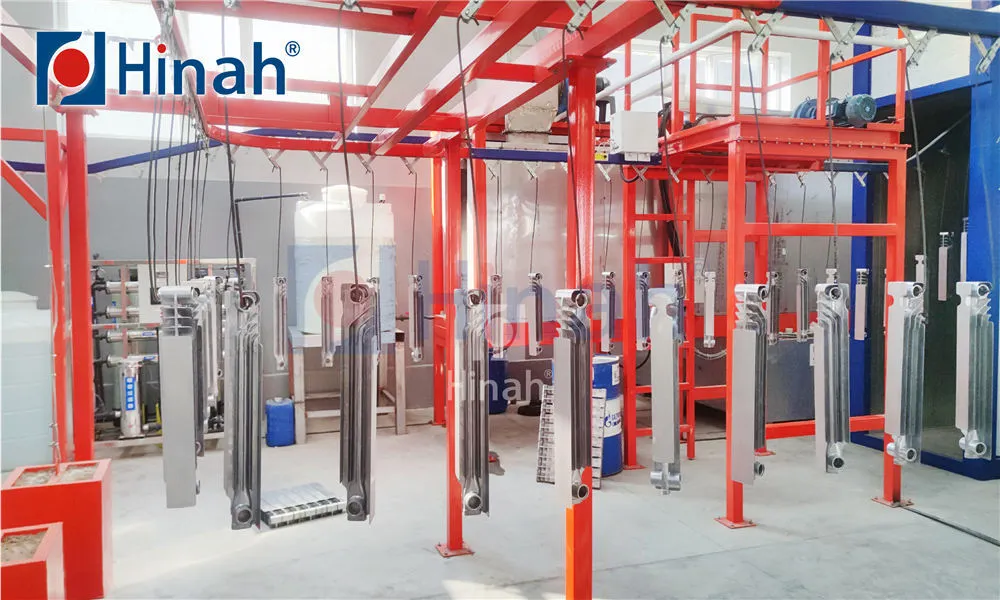
What Are the Different Types of Powder Paint Ovens?
Powder paint ovens come in various configurations to suit different production needs. The main types include convection ovens, infrared ovens, and combination systems. Convection ovens use heated air circulated by fans to cure the coating, making them ideal for complex shapes and batch processing. They offer uniform heating but may have longer cycle times. Infrared ovens, on the other hand, use electromagnetic radiation to transfer heat directly to the object, resulting in faster curing times—often under 10 minutes. However, they might struggle with shadowed areas on intricate parts.
Another common type is the walk-in oven, which is suitable for large or irregularly shaped items, while conveyorized ovens integrate into assembly lines for continuous processing. Additionally, there are compact benchtop ovens for small-scale operations. Each type of powder paint oven has its advantages; for instance, convection models are energy-efficient for high-volume runs, whereas infrared versions excel in speed. Choosing the right powder paint oven depends on factors like production volume, part geometry, and energy consumption. By evaluating these types, businesses can select a powder paint oven that aligns with their specific requirements.
What Benefits Does a Powder Paint Oven Offer?
Investing in a powder paint oven brings numerous advantages that enhance operational efficiency and product quality. Firstly, it supports environmental sustainability by using solvent-free coatings, which minimize hazardous waste and comply with regulations like EPA standards. Secondly, a powder paint oven delivers superior finish durability, including resistance to UV light, chemicals, and abrasion, extending the lifespan of coated products. This reduces maintenance costs and customer complaints. Economically, powder coating processes are efficient, with up to 99% material utilization—overspray can often be recycled, unlike liquid paints.
Moreover, a powder paint oven operates with lower energy consumption compared to traditional curing methods, thanks to insulation and precise controls. Safety is another key benefit, as powder coatings are non-flammable and reduce fire risks. From a production standpoint, a powder paint oven enables faster turnaround times and consistent results, boosting overall productivity. For example, in the automotive industry, it ensures a flawless finish on components, enhancing brand reputation. These benefits make a powder paint oven a smart choice for industries aiming for cost-effectiveness and eco-friendliness.
Where Are Powder Paint Ovens Commonly Applied?
Powder paint ovens find applications across a wide range of industries due to their versatility and reliability. In the automotive sector, they are used for coating parts like wheels, frames, and engine components, providing a protective layer against rust and wear. The furniture industry employs powder paint ovens for metal chairs, tables, and outdoor fixtures, ensuring vibrant colors and longevity. Architectural projects, such as building facades and window frames, also rely on these ovens for weather-resistant coatings.
Additionally, the appliance manufacturing industry uses powder paint ovens for items like refrigerators and washing machines, where durability and aesthetics are crucial. Other applications include electronics, where components require insulation, and aerospace, for parts exposed to extreme conditions. In each case, the powder paint oven adapts to the specific needs, whether it's handling large batches or delicate items. This widespread use underscores the importance of understanding how to integrate a powder paint oven into different workflows for optimal results.
How Do You Maintain and Ensure Safety in a Powder Paint Oven?
Proper maintenance of a powder paint oven is essential for longevity and performance. Regular tasks include cleaning the interior to remove powder buildup, which can cause contamination or fire hazards. Inspecting heating elements, fans, and insulation for wear and tear should be done monthly, with replacements as needed. It's also important to calibrate temperature controls and sensors periodically to ensure accuracy. For safety, operators must follow protocols such as wearing protective gear, ensuring adequate ventilation to prevent fume accumulation, and installing emergency shut-off systems.
Routine checks for electrical issues and gas leaks (if applicable) are critical to avoid accidents. Additionally, training staff on operating procedures and emergency responses can mitigate risks. A well-maintained powder paint oven not only runs efficiently but also reduces downtime and repair costs. For instance, scheduling annual professional inspections can identify potential problems early. By prioritizing maintenance and safety, businesses can maximize the lifespan of their powder paint oven and maintain a safe working environment.
What Should You Consider When Choosing a Powder Paint Oven?
Selecting the right powder paint oven involves evaluating several factors to match your production needs. First, assess the oven's size and capacity based on the dimensions and volume of items you'll coat. Next, consider the heating method—convection for uniformity or infrared for speed—and energy efficiency to control operating costs. Temperature range and control precision are vital for different coating materials; look for ovens with digital interfaces for easy adjustments.
Budget is another key aspect, including initial investment, installation, and long-term maintenance. It's also wise to review safety features, such as automatic cool-down and alarm systems. Lastly, consider the manufacturer's reputation and after-sales support. For example, a small workshop might opt for a benchtop powder paint oven, while a large factory may need a conveyorized system. By carefully analyzing these factors, you can invest in a powder paint oven that delivers optimal performance and ROI.
In conclusion, a powder paint oven is a cornerstone of modern coating processes, offering efficiency, durability, and environmental benefits. From its working principles to maintenance tips, understanding these five critical aspects—definition, operation, types, benefits, applications, maintenance, and selection—can help you make informed decisions. Whether you're upgrading existing equipment or starting anew, a powder paint oven can transform your production line. Embrace this technology to achieve superior finishes and stay competitive in your industry.
Frequently Asked Questions About Powder Paint Ovens
Q1: What is the typical temperature range for a powder paint oven?
A1: The temperature range for a powder paint oven usually falls between 150°C and 200°C (302°F to 392°F), depending on the type of powder coating and material being cured. It's essential to follow manufacturer guidelines to avoid under- or over-curing.
Q2: How long does it take to cure coatings in a powder paint oven?
A2: Curing time in a powder paint oven typically ranges from 10 to 30 minutes. Factors like oven type, part thickness, and powder formulation can affect this duration, with infrared ovens often offering faster cycles.
Q3: Can a powder paint oven be used for all materials?
A3: While a powder paint oven is versatile, it's best suited for heat-resistant materials like metals and certain plastics. Materials sensitive to high temperatures, such as wood or some polymers, may not be compatible and could require alternative curing methods.
Q4: What maintenance is required for a powder paint oven?
A4: Regular maintenance for a powder paint oven includes cleaning the interior, inspecting heating elements and fans, calibrating controls, and checking for safety hazards. Scheduling monthly checks and annual professional servicing can prevent breakdowns.
Q5: Is a powder paint oven energy-efficient?
A5: Yes, modern powder paint ovens are designed for energy efficiency, with features like insulation, precise temperature control, and recyclable heat systems. This can lead to lower operating costs compared to traditional curing ovens, especially in high-volume settings.


